The Lightweight Cars Market has been experiencing significant competitive dynamics as manufacturers strive to innovate and differentiate themselves in response to growing consumer preferences and regulatory pressures for fuel efficiency and lower emissions.
The emphasis on sustainability and environmental consciousness has propelled manufacturers to develop lightweight vehicles that maintain performance while reducing weight. This shift not only enhances the fuel economy of cars but also positions brands favorably in a marketplace increasingly focused on sustainability.
Competitive insights reveal that companies are actively investing in advanced materials such as aluminum and carbon fiber, which help to drastically reduce the weight of vehicles without compromising safety or structural integrity.
The market is characterized by robust research and development efforts, strategic partnerships, and a keen focus on technology integration, including electric and hybrid options that benefit from lightweight designs.
Hyundai has established a significant presence in the Lightweight Cars Market by leveraging its strengths in design innovation and technological advancement. The brand has effectively utilized its expertise in materials science to produce lightweight vehicles that feature advanced safety systems and enhanced fuel efficiency.
Hyundai’s commitment to sustainability is evident in its strategic initiatives that prioritize eco-friendly production processes and the incorporation of alternative powertrains, making its lightweight cars appealing to a broad consumer audience.
Another strength is Hyundai’s robust global supply chain, which allows for efficient production and distribution, ensuring that new lightweight models can rapidly reach markets worldwide.
The company’s investment in research and development, particularly in the area of lightweight materials and electric vehicle technology, fortifies its competitive edge, enabling Hyundai to maintain a leadership position within the lightweight vehicle segment.
General Motors has strategically positioned itself within the Lightweight Cars Market by focusing on the development of vehicle platforms that optimize weight reduction without compromising safety or functionality.
The company has made significant investments in new manufacturing processes and lightweight materials, which are crucial in reducing the overall weight of their car models. General Motors' strengths lie in its extensive experience and expertise in the automotive industry, which facilitates efficient production methods tailored for lightweight designs.
Additionally, the brand’s innovative approaches to hybrid and electric vehicles align perfectly with the growing consumer demand for lightweight cars, as these vehicles naturally benefit from the reduced weight, resulting in extended battery range and improved performance.
Furthermore, General Motors' commitment to sustainability, coupled with its broad portfolio of brands and vehicles, allows it to cater to diverse market segments while maintaining a strong competitive foothold in the lightweight cars sector.


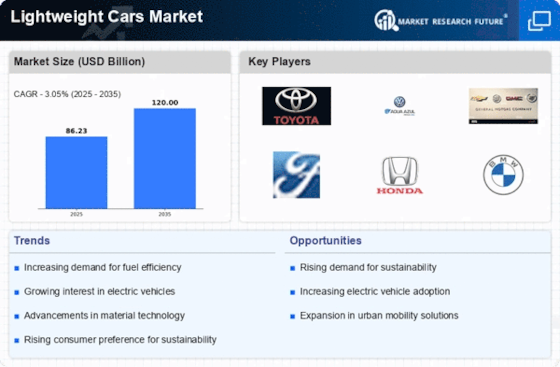
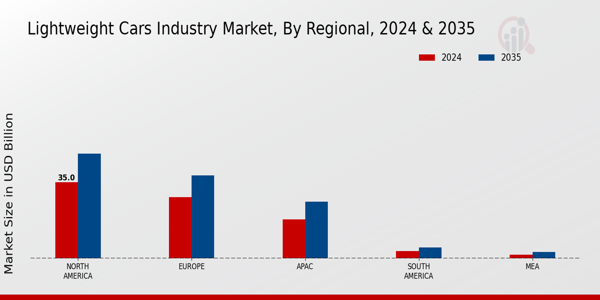
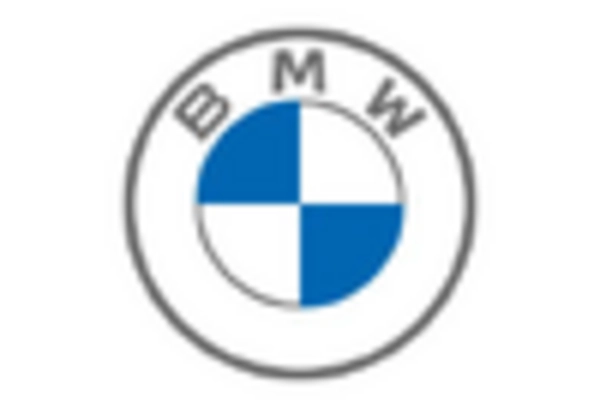


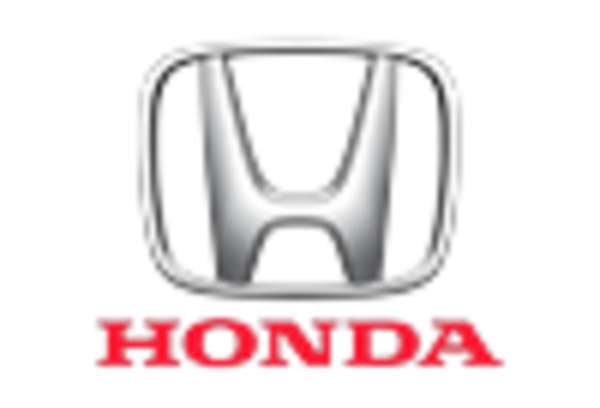
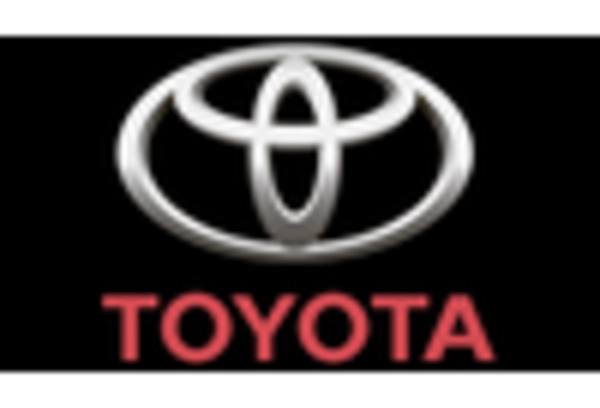









Leave a Comment